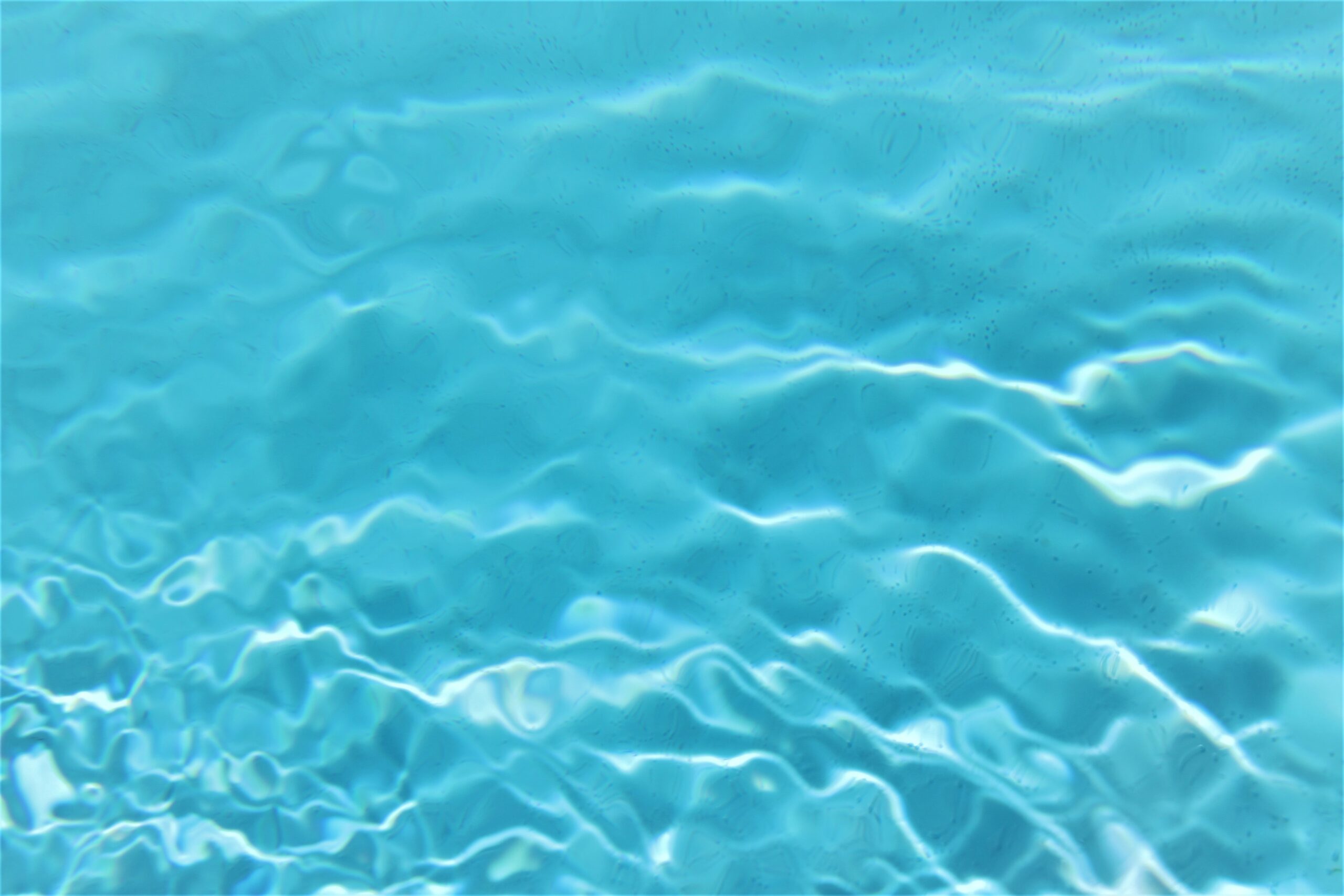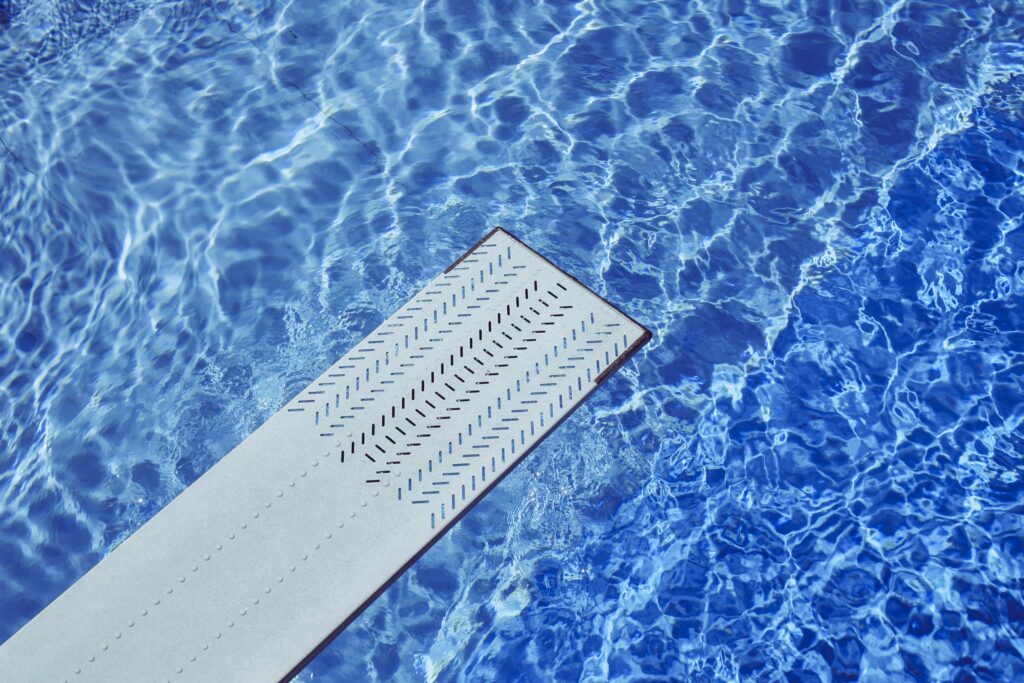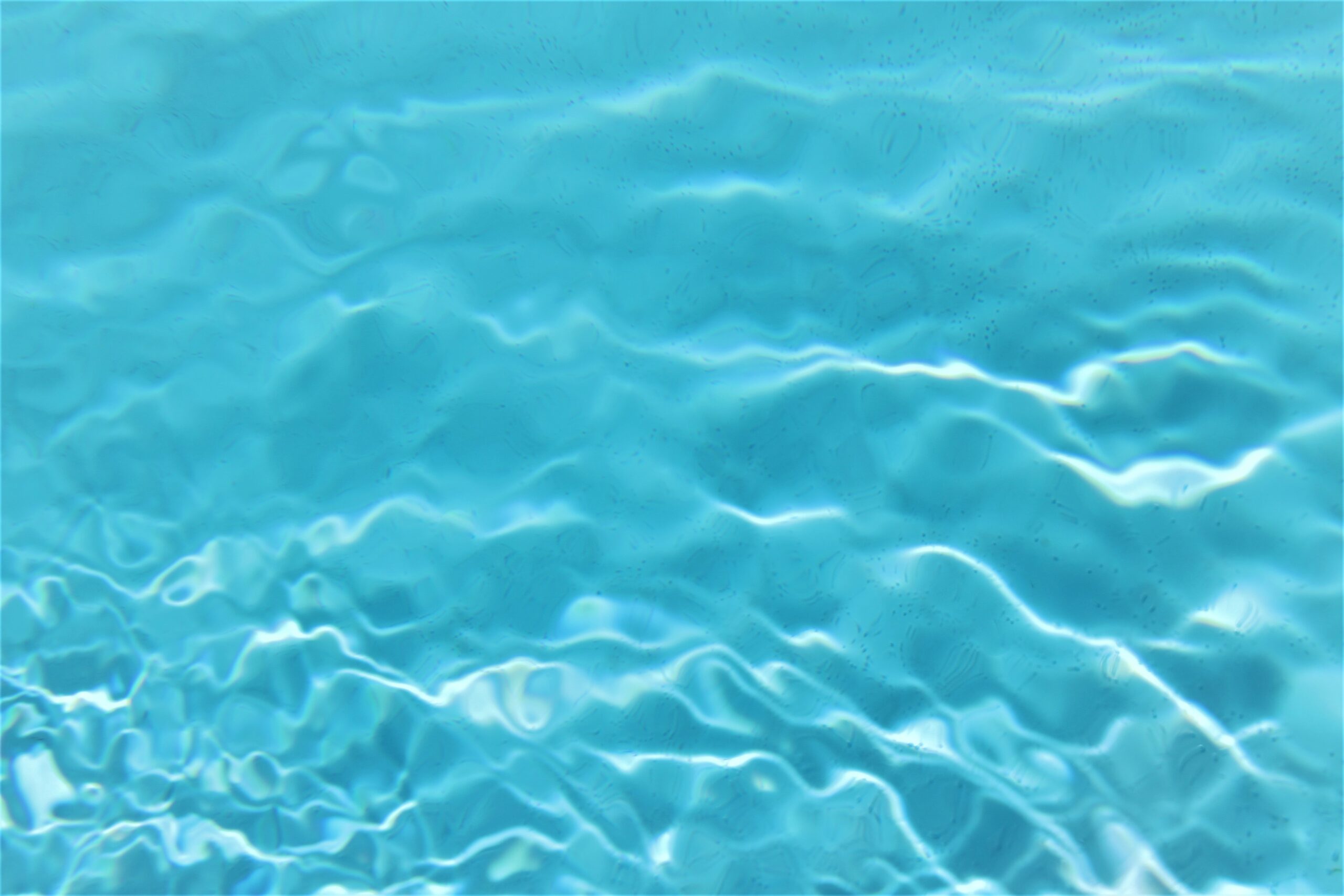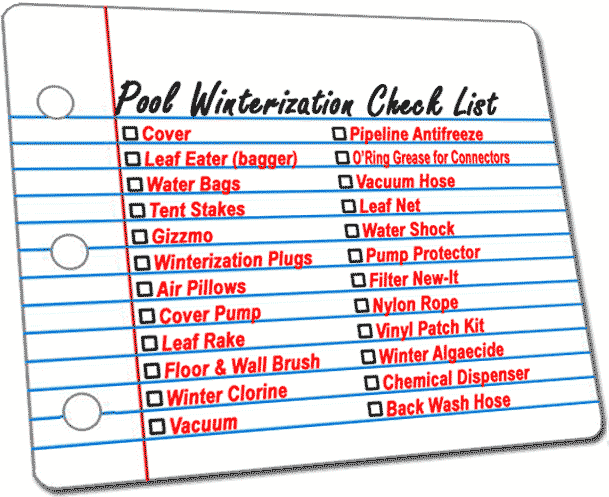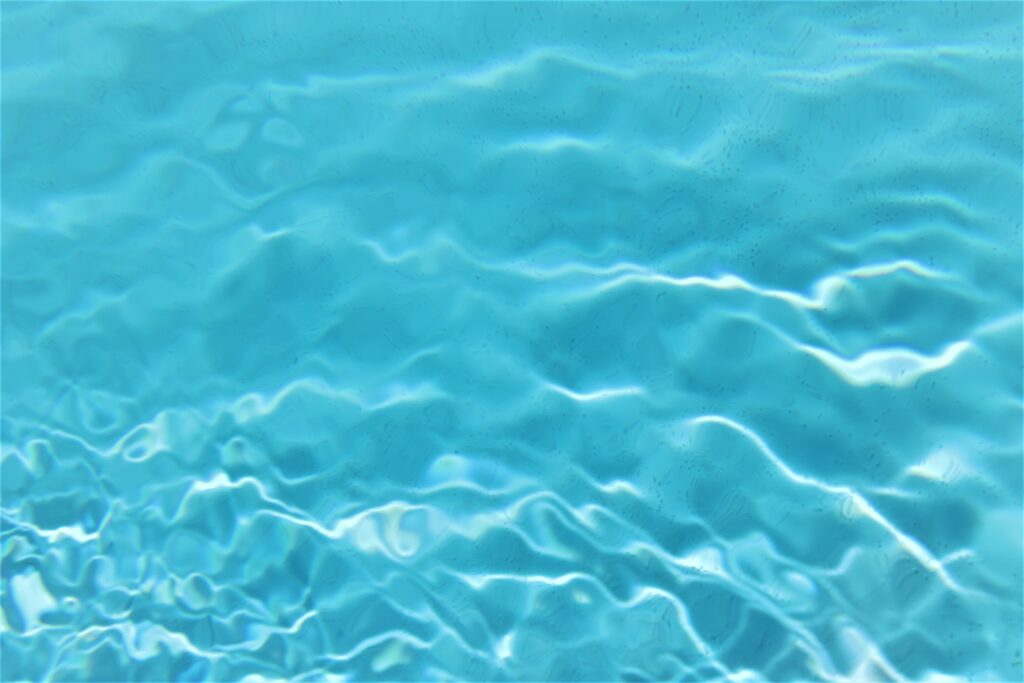Maintaining the cleanliness and hygiene of your above ground pool is essential for a safe and enjoyable swimming experience. A key aspect of this maintenance routine is chlorine treatment, which helps to kill bacteria and keep the water clear. So, how often should you replenish the chlorine levels in your above ground pool? Let’s explore the factors that influence the frequency of chlorine additions and discover the optimal balance for maintaining a healthy pool environment.
This image is property of images.unsplash.com.
Factors Affecting Chlorine Usage
Pool Size
The size of your pool is an important factor to consider when determining how often you should put chlorine in your above ground pool. Larger pools generally require more chlorine to maintain proper disinfection levels. This is because there is a larger volume of water that needs to be treated, and more chlorine is needed to effectively kill bacteria and algae. On the other hand, smaller pools may require less chlorine. It is important to accurately measure the volume of your pool to determine the appropriate amount of chlorine needed.
Bather load
The number of people using your pool, also known as the bather load, can impact how often you need to add chlorine to your above ground pool. The more people using the pool, the higher the bather load, and the more contaminants, such as sweat, body oils, and urine, are introduced into the water. These contaminants can decrease the effectiveness of chlorine, leading to the need for more frequent chlorine application. It is important to consider the average number of people using your pool and adjust your chlorine routine accordingly.
Weather Conditions
The weather conditions in your area can play a role in the frequency of chlorine application for your above ground pool. Hot and sunny weather can cause chlorine to evaporate more quickly, reducing its effectiveness. In these conditions, you may need to add chlorine more often to maintain the appropriate disinfection levels. On the other hand, cooler weather may require less frequent chlorine application. It is important to monitor the weather patterns in your area and adjust your chlorine routine accordingly.
Sun Exposure
Sun exposure can also affect the chlorine usage in your above ground pool. Ultraviolet (UV) rays from the sun can break down chlorine molecules, reducing their effectiveness. Pools that receive a lot of direct sunlight may require more frequent chlorine application to compensate for the chlorine loss caused by UV rays. Consider the amount of sun exposure your pool receives and adjust your chlorine routine accordingly.
Water Temperature
Water temperature can impact the chlorine demand in your above ground pool. Warmer water tends to promote the growth of bacteria and algae, which can deplete chlorine levels more quickly. In warmer climates or during the summer months, you may need to increase the frequency of chlorine application to keep up with the increased chlorine demand. Conversely, colder water temperatures may require less frequent chlorine application. It is important to monitor the water temperature in your pool and adjust your chlorine routine accordingly.
Chlorine Testing
Frequency of Testing
Regular testing of the chlorine levels in your above ground pool is essential to ensure proper water disinfection. Testing should be done at least once a week, but it is recommended to test two to three times per week, especially during periods of heavy pool usage or adverse weather conditions. Frequent testing allows you to detect any fluctuations in chlorine levels and take appropriate action to maintain proper disinfection.
Types of Testing Kits
There are various types of testing kits available to measure chlorine levels in your above ground pool. The most common types include test strips, liquid test kits, and electronic testers. Test strips are easy to use and provide quick results, while liquid test kits offer more accurate measurements. Electronic testers are the most advanced option, providing digital readings and eliminating the need for color comparison. Choose the testing kit that suits your needs and preferences.
Ideal Chlorine Levels
The ideal chlorine levels for an above ground pool are typically between 1 and 3 parts per million (ppm). This range is considered optimal for effective disinfection. If the chlorine levels fall below the recommended range, the pool may become a breeding ground for bacteria and algae. Conversely, if the chlorine levels are too high, it can cause irritation to swimmers’ skin and eyes. Regular testing will help you maintain the ideal chlorine levels for a safe and clean swimming environment.
Chlorine Application Methods
Chlorine Tablets
Chlorine tablets are a popular and convenient method of applying chlorine to your above ground pool. These tablets contain stabilized chlorine, which slowly dissolves in the water, releasing a steady and consistent supply of chlorine. They are typically placed in a floating dispenser or a chlorinator that can be connected to the pool’s filtration system. Chlorine tablets are easy to use and provide a continuous source of chlorine, making them ideal for maintaining chlorine levels over an extended period.
Liquid Chlorine
Liquid chlorine, also known as liquid bleach, is another common method of adding chlorine to your above ground pool. It is typically sold in gallon containers and can be added directly to the pool water. Liquid chlorine is fast-acting and quickly increases chlorine levels, making it suitable for shock treatments or situations where a rapid increase in chlorine is required. However, it is important to handle liquid chlorine with care, as it is a strong chemical and can cause skin and eye irritation.
Granular Chlorine
Granular chlorine is a powdered form of chlorine that can be sprinkled directly into the pool water. It dissolves quickly and provides an immediate increase in chlorine levels. Granular chlorine is often used for shock treatments or when dealing with specific water problems, such as algae growth. It is important to follow the instructions provided by the manufacturer when using granular chlorine to avoid overdosing or underdosing the pool.
Regular Maintenance
Skimming and Cleaning the Pool
Regular skimming and cleaning of the pool is crucial to maintain proper water quality. Skimming the surface of the pool removes leaves, debris, and other floating contaminants that can contribute to the depletion of chlorine levels. In addition to skimming, it is important to regularly brush the sides and bottom of the pool to prevent the buildup of algae and bacteria. Cleaning the pool filters on a regular basis is also essential to ensure proper water circulation and filtration.
Balancing pH Levels
Maintaining the proper pH levels in your above ground pool is essential for chlorine effectiveness. The pH scale ranges from 0 to 14, with 7 being neutral. The optimal pH range for a swimming pool is between 7.4 and 7.6. If the pH levels are too low (acidic), it can cause skin and eye irritation and reduce the effectiveness of chlorine. If the pH levels are too high (alkaline), it can lead to cloudy water and scale formation. Regular testing and adjusting of pH levels should be included in your pool maintenance routine.
Maintaining Adequate Water Circulation
Proper water circulation is essential for maintaining a healthy and clean above ground pool. It helps distribute chlorine evenly throughout the pool, preventing the formation of stagnant water areas where bacteria and algae can thrive. Make sure that your pool’s filtration system is functioning properly and that the water is being circulated effectively. Regularly clean the pool filters and ensure that the pump is running for an adequate amount of time each day.
This image is property of images.unsplash.com.
Chlorine Schedule Guidelines
Daily Chlorine Routine
On a daily basis, it is important to visually inspect the pool to check for any visible signs of algae or debris. Skim the surface of the pool to remove any floating debris, and brush the sides and bottom of the pool to prevent algae growth. Test the chlorine levels using a testing kit and add chlorine as needed to maintain the recommended range of 1-3 ppm. Finally, ensure that the pool’s filtration system is running properly and that there is adequate water circulation.
Weekly Chlorine Routine
Once a week, it is recommended to perform a more thorough pool maintenance routine. Skim the surface of the pool, brush the sides and bottom, and vacuum the pool to remove any debris or sediment. Test the chlorine, pH, and other water chemistry levels using a testing kit and adjust as necessary. Check the pool filters and backwash or clean them if needed. Additionally, inspect and clean the pool equipment, such as the pump and skimmer baskets.
Monthly Chlorine Routine
On a monthly basis, it is important to conduct a more comprehensive inspection of the pool and its components. Inspect the pool liner or surface for any signs of damage or wear and tear. Check the pool equipment for any leaks or malfunctions and address them accordingly. Consider utilizing a pool clarifier or algaecide to prevent any potential water clarity issues. Conduct a thorough chemical balance test and adjust as necessary.
Determining Chlorine Demand
Free Chlorine vs. Combined Chlorine
When testing the chlorine levels in your above ground pool, it is important to understand the difference between free chlorine and combined chlorine. Free chlorine refers to the chlorine available in the water to disinfect and kill bacteria and algae. Combined chlorine, also known as chloramines, is the result of chlorine combining with nitrogen-based contaminants, such as sweat and urine. Combined chlorine is less effective at disinfection and can cause unpleasant odors and skin irritation. Testing for both free chlorine and combined chlorine levels will help you determine the chlorine demand in your pool.
Determining Chlorine Demand
To determine the chlorine demand in your above ground pool, subtract the free chlorine level from the total chlorine level. The result will indicate the combined chlorine or chloramine level, which represents the amount of chlorine needed to effectively disinfect the pool. If the combined chlorine levels are high, it is an indication that more chlorine is required to meet the demand. Regular testing and adjustment of chlorine levels will help ensure that the chlorine demand is met and the pool remains clean and safe for swimming.
This image is property of images.unsplash.com.
Chlorine Alternatives
Saltwater Pool System
A saltwater pool system is an alternative to traditional chlorine-based pools. Instead of adding chlorine directly to the pool, a saltwater pool system uses a salt chlorinator to convert salt into chlorine. The process is continuous, ensuring a steady supply of chlorine while reducing the need for manual chlorine application. Saltwater pools are known for their softer and gentler water, which can be more comfortable for swimmers. However, it is important to note that a saltwater pool still requires regular testing and maintenance to ensure proper disinfection.
Bromine as a Substitute
Bromine is another alternative to chlorine and is commonly used in hot tubs and spas. Unlike chlorine, bromine remains stable in high temperatures, making it more suitable for hot water environments. Bromine provides effective disinfection and is known for its less potent odor compared to chlorine. However, it is important to note that bromine can be more expensive than chlorine and requires specific testing kits designed for bromine levels.
Pool Closing and Opening
Chlorine Levels During Pool Closure
When closing your above ground pool for the season, it is important to maintain proper chlorine levels to prevent the growth of bacteria and algae. Test the chlorine levels and adjust as necessary to ensure that they are within the recommended range. It is generally recommended to maintain a chlorine level of 1-3 ppm during the pool closure period. Additionally, consider using a winterizing chemical kit to further protect your pool during the offseason.
Chlorine Levels When Reopening the Pool
When it’s time to reopen your above ground pool after a period of closure, it is important to adjust the chlorine levels accordingly. Test the chlorine levels and add the appropriate amount of chlorine to bring them back to the recommended range of 1-3 ppm. Additionally, conduct a thorough inspection of the pool and its components to ensure everything is in proper working order. Clean and remove any debris that may have accumulated during the closure period before resuming regular pool use.
Special Considerations
High Bather Load Events
During periods of high bather load events, such as pool parties or gatherings, it is important to increase the frequency of chlorine application. The increased number of swimmers introduces a higher amount of contaminants into the pool, which can deplete chlorine levels more quickly. Prior to and after high bather load events, test the chlorine levels and adjust as necessary to ensure optimal disinfection. Consider shock treating the pool to provide an extra boost of chlorine and maintain water quality during these periods.
Rainy or Stormy Periods
Rainy or stormy periods can impact the chlorine levels in your above ground pool. Heavy rainfall can dilute the pool water, potentially reducing chlorine effectiveness. Additionally, rainwater can introduce contaminants into the pool, further depleting chlorine levels. During these periods, it is important to monitor the chlorine levels more frequently and adjust as necessary. Consider covering the pool during extended rainy periods to minimize water dilution and prevent excessive debris from entering the pool.
Hot and Humid Climates
If you live in a hot and humid climate, it is important to be mindful of the increased chlorine demand in your above ground pool. Warm and humid conditions promote bacteria and algae growth, requiring more frequent and consistent chlorine application. Monitor the chlorine levels closely and adjust as necessary to ensure optimal disinfection. Consider utilizing additional pool maintenance techniques, such as algaecides or clarifiers, to support proper water quality in hot and humid climates.
Professional Maintenance Services
Hiring a Pool Maintenance Company
If you prefer to leave the maintenance of your above ground pool to the professionals, hiring a pool maintenance company can be a beneficial option. A pool maintenance company will have the expertise and experience to properly test and adjust chlorine levels, conduct regular cleaning and maintenance, and ensure that the pool equipment is functioning properly. They can also provide valuable advice and guidance on pool care and offer specialized services, such as pool openings and closings.
Benefits of Professional Services
Enlisting the services of a professional pool maintenance company offers several benefits. Firstly, it saves you time and effort, as the company will take care of all the necessary maintenance tasks. This allows you to enjoy your pool without the additional responsibilities. Secondly, professional services ensure that your pool is properly maintained and safe for swimming. The expertise of pool maintenance professionals can help prevent potential issues and ensure optimal water quality. Lastly, by regularly maintaining your pool, professionals can help extend its lifespan and prevent costly repairs in the long run.
In conclusion, the frequency of chlorine application in your above ground pool depends on several factors such as pool size, bather load, weather conditions, sun exposure, and water temperature. Regular testing of chlorine levels, using appropriate testing kits, and maintaining ideal chlorine levels are essential for proper pool maintenance. Different chlorine application methods, such as tablets, liquid chlorine, and granular chlorine, offer various advantages. Regular pool maintenance, including skimming and cleaning, balancing pH levels, and maintaining water circulation, is crucial. Chlorine schedule guidelines help establish routine practices for daily, weekly, and monthly maintenance. Understanding chlorine demand and considering chlorine alternatives, such as saltwater pool systems or bromine, can offer additional options. Special considerations, such as high bather load events, rainy or stormy periods, and hot and humid climates, require extra attention. Lastly, professional maintenance services provide convenience, expertise, and long-term benefits for above ground pool owners. By considering all these factors and following a comprehensive pool maintenance routine, you can enjoy a clean, safe, and inviting swimming pool all season long.
